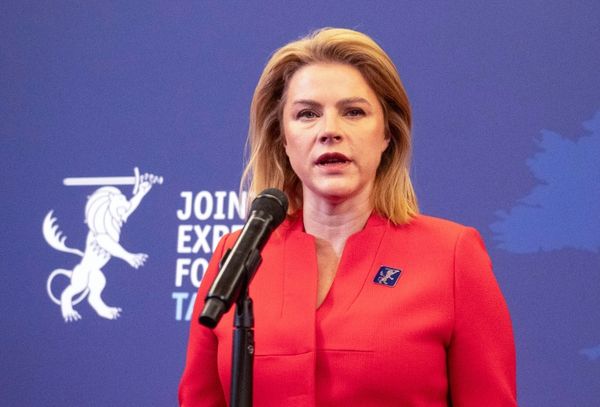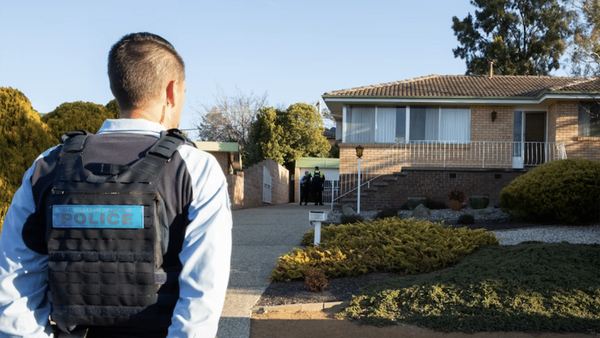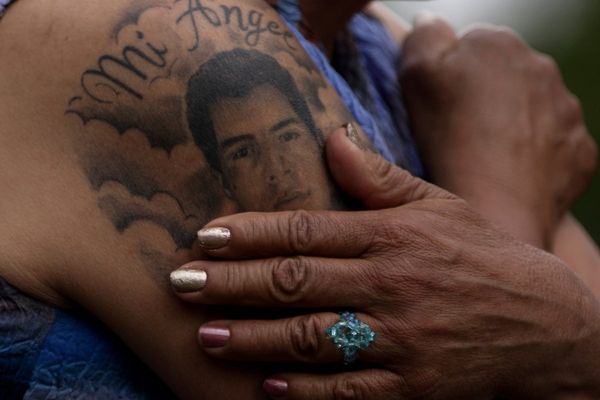
The Ballets Russes, founded in 1910 by the Russian impresario Serge Diaghilev, was one of the most dazzling creative movements of the 20th century. At Diaghilev's insistence, the company was never officially filmed, and although there are many contemporary accounts of its performances – reviews, reportage, reminiscences – it's always been assumed that there was no visual record. Until last week, that is, when Jane Pritchard, curator of dance at the Victoria and Albert Museum, had her attention drawn to a 30-second scrap of newsreel film on the British Pathé website. Having examined the clip, Pritchard said: "I think we now have to say there is a tiny fragment of film of the actual Ballets Russes."
For dance lovers, cultural historians and all those mesmerised by the company and its stars, this is sensational news. The silent, black-and-white clip shows a sequence clearly recognisable as part of Les Sylphides, a plotless ballet with music by Chopin and choreography by Mikhail Fokine. This key Ballets Russes work, whose Paris premiere starred Vaslav Nijinsky, Anna Pavlova, and Tamara Karsavina, was one of the pieces with which Diaghilev took the French capital by storm in 1909, the year before the company's official establishment. In the clip we see the corps de ballet forming a semi-circle behind a male dancer, who performs part of a solo. The performance takes place on an outside stage surmounted by a topiary arch, in a location described by the Pathé catalogue as "unknown". According to Pritchard, however, "there is absolutely no doubt" that this is Montreux in Switzerland, that the year was 1928, the month June, and the occasion of the performance the town's annual festival, La Fête des Narcisses.
The male dancer is Serge Lifar, a performer admired but not greatly loved by Diaghilev, who according to his company manager described the 23-year-old as "sly and scheming, too ambitious and too fond of self-advertisement". Here Lifar appears in a rather unfortunate blond wig, which Nijinsky had worn before him in the same ballet, and which the designer Alexandre Benois noted "seemed a trifle comic", making the dancer look "like a figure from some old beaded reticule or painted lampshade". From the steps it's possible to recognise the sequence as a mazurka. The steps are different from those danced now, but not that different, and if the style looks antique, this is in part due to the fact that Les Sylphides is very consciously danced in the Romantic style of the 1830s.
The informality of the performance – the corps look endearingly ragged, as if they're just going through their paces – suggests this short sequence might have been filmed at a rehearsal. Perhaps even at the secret request of the "sly and scheming" Lifar. It is, nevertheless, a unique fragment. Perhaps Diaghilev himself saw what we see. If he did, it's probable that he would have regarded it with a world-weary eye. The great adventure of the Ballets Russes had exhausted him, and he would die the following year. Of that extraordinary era, only this brief clip remains.







